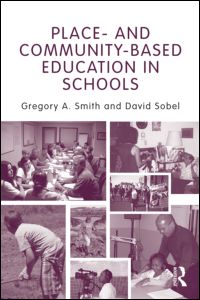We often hear that technology should never be used for technology’s sake.
In my last post I asked “Who are we?”. Wondering who the children of aboriginal ancestry (including my two children) are that attend our schools. I began investigating. I began with the information to be found on the Statistics Canada Website but was unsatisfied with the findings. Only information for Trail, BC was found yet we are a district that comprises six municipalities and many other small communities.
(2011). Achievement contract. Retrieved from School District No. 20 Kooteny-Columbia website: http://www.sd20.bc.ca/tl_files/Achievement Contract/2011-12 Achievement Contract COMPLETE.pdf
School district no. 20 kootenay-columbia board of education. (2011). Retrieved from http://www.sd20.bc.ca/board.html
